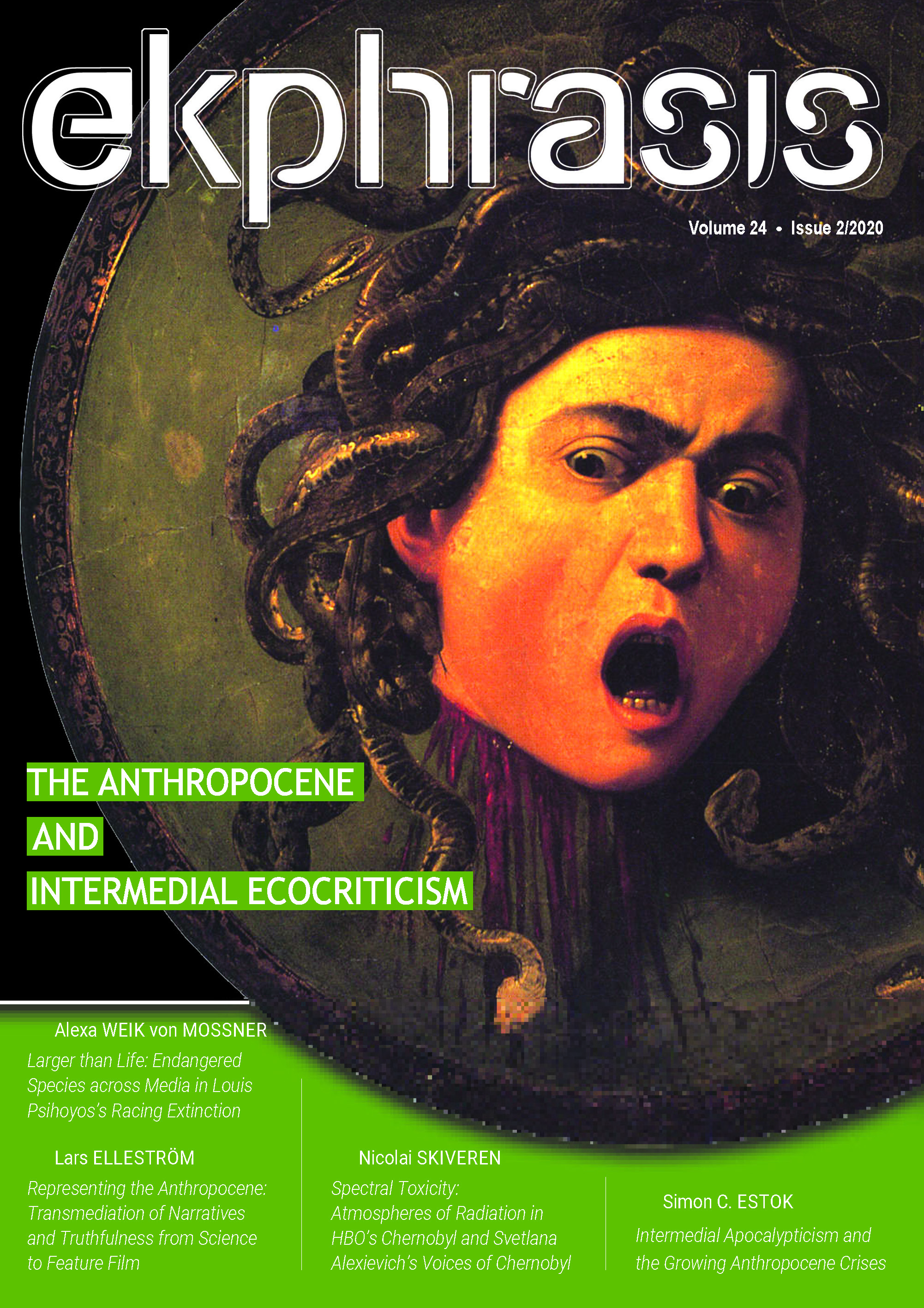Friends or Foes – Representations of the Relationship between Man and Nature in Three Different Media Types: Literature, Live Action Film and Animated Film
Friends or Foes – Representations of the Relationship
between Man and Nature in Three Different Media Types: Literature, Live Action Film and Animated Film
Author(s): Liviu LutasSubject(s): Fine Arts / Performing Arts, Media studies, Communication studies, Film / Cinema / Cinematography
Published by: Universitatea Babeş-Bolyai, Facultatea de Teatru si Televiziune
Keywords: intermediality; ecocriticism; intermedial ecocriticism; Woman at War; Charles Ferdinand Ramuz, Wall-E;
Summary/Abstract: The concept of nature and its relationship to man is crucial in ecocriticism, and has been much debated during the whole existence of the field. In an overview of the short history of ecocriticism, Lawrence Buell (2011) shows how the view on nature has developed since the beginning of ecocriticism in the early1990s. During this period, nature has been seen as both friend and foe to man, it has been considered as a place for retreat for the individual but also the subject of human reshaping. It has evolved from the wilderness of thinly populated remote areas that have to be preserved to urban and industrial landscapes which have to be adapted to man. It has been seen as a counterpart of man, but also as an integral part of man. In extreme views, it has even been suggested that nature as a concept is irrelevant. Timothy Morton argues for instance that the term “nature” is so polyvalent and baggage-ridden a term that it should be banished from the lexicon. In this paper, I will analyze three different views on the relationship between man and nature in three different media types. All the cases are dramatic representations of this complicated relationship. The first cases, representing the media type of literature, are also the earliest ones, and consist of two works by Swiss author Charles Ferdinand Ramuz: his novel La grande peur dans la montagne (Terror on the Mountain) from 1927and his short story “Scène dans la forèt” from 1945. In these examples, nature appears as a God who punishes man for his attempts to tame it. The second example is much more recent, and comes from the media type of live action film. It is the Icelandic film Woman at War, directed by Benedikt Erlingsson in 2018, a film in which nature and man also have a conflictual relationship, but nature is not the vindictive God who punishes man. On the contrary, nature appears at beautiful, but fragile, and in need for help. Finally, the animated film Wall-E, by Andrew Stanton in 2008, shows nature as humanity’s last chance. Without nature, man goes inevitably towards extinction. At the same time, through a formal device, nature appears as indestructible despite its fragility. Formal devices, in particular concerning narration, will be at the center of my interest, so narratology will be the main analytical tool. Besides narratology, the field of intermediality will inform my analytical approach, not only because the three examples come from three different media types, but since narration itself will be addressed as an intermedial feature.
Journal: Ekphrasis. Images, Cinema, Theory, Media
- Issue Year: 24/2020
- Issue No: 2
- Page Range: 243-262
- Page Count: 20
- Language: English

